All-female start-up X-Hemp highlights gender gap funding challenges as it seeks to raise $1.7m
Credit card companies thought she was dealing in narcotics, and raising capital has been a slog but Tasmania’s Andi Lucas says running an all-female crew at her hempcrete mill was a pragmatic decision.
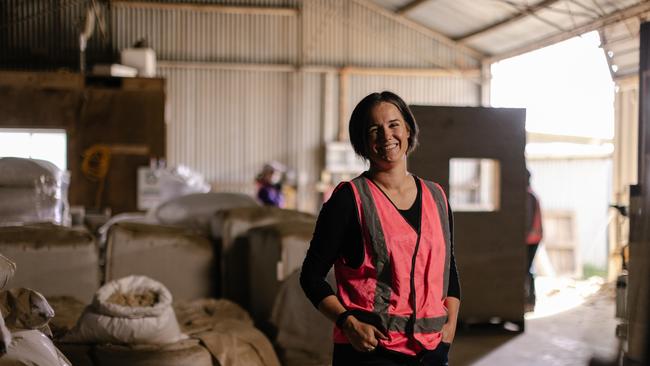
Andi Lucas is employing an all female workforce as part of her efforts to shake up Australia’s construction industry. It’s not because she’s a gender warrior but about pragmatism - and she needs plenty of it.
Ms Lucas founded X-Hemp – a company that makes an alternative and compostable building material that’s lighter than concrete, with a stonelike finish and strong insulation properties – in Tasmania after two of her homes were destroyed in natural disasters.
Despite featured on Grand Designs Australia and other high-end architecture projects, credit card companies have suspended customer payments, believing she was a drug dealer - a claim she said was “completely insane”.
“We’re talking about a completely zero drug value crop. You simply can’t have any psychoactive effect off at all,” she said.
“It needs to be drawn completely out of this concept of it being a hippie boutique, niche product....because that’s actually not what it is. It’s got a real huge utility and application in lower socio economic situations.”
The insulation properties of ‘hempcrete’ can slash up to 80 per cent off power bills compared with homes built from conventional materials, Ms Lucas said. It can also be easily retrofitted to housing commission stock, making it accessible building material.
At X-Hemp, it begins in Cressy, a town with a population of about 1100, 35 kilometres southwest of Launceston, where Ms Lucas operates Tasmania’s only cannabis fibre processing mill.
She employs nine women – half of whom are the sole income earners for their households. They all work part-time, so they can manage childcare responsibilities, and has an exemption under discrimination laws.
“The main driver around the all-female team initially was to make sure I had access to staff because in that area, it’s really hard to find staff, which is code for finding people who don’t have childcare responsibilities,” Ms Lucas said.
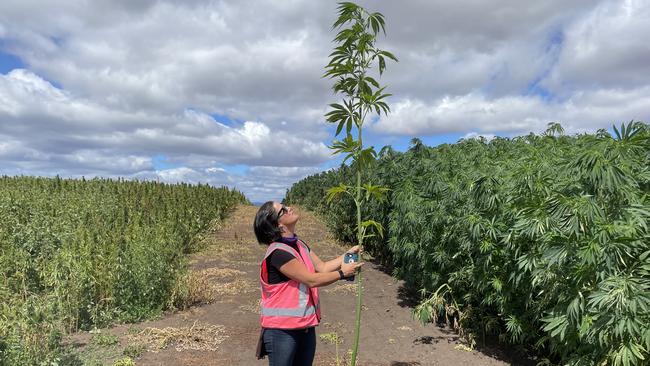
“So I deliberately made it a family friendly situation and I’ve had zero staff attrition. I’ve got the same team who have been with me for three years in a pretty crappy, hard, dusty, difficult job. So there’s a real mutual loyalty.
“As we grow and the roles become more complex, we will hire the best candidate. But at the moment, we can easily find candidates who are excellent at their jobs and also women.”
And her business is gaining attention, with X-Hemp’s products featured on Grand Designs Australia and in the University of Tasmania’s $131m Forestry building.
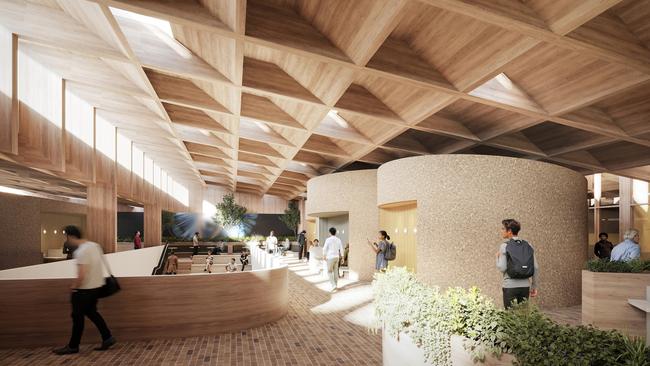
Ms Lucas has raised about $1.5m from investors and was awarded a $480,000 female founders grant and is looking to raise an extra $1.7m to accelerate X-Hemp’s next growth phase and keep her staff employed.
But being a female founder and employing an all-women workforce has its challenges, Ms Lucas said. According to the latest State of Australian Startup Funding report, female-only founders attracted about 4 per cent of all venture capital funding.
“The elephant in the room is that female led companies do get dramatically underfunded compared to male-led (companies).
“There’s about 30 per cent of businesses in Australia are led by women. So there’s a clear structural issue. Whether that’s the types of businesses those women are running traditionally. It’s complex. There’s nuance to that.
“But there are some systemic issues too, and I don’t shy away from those because they’re very real. It’s worse in Australia than it is in Britain and the US. So there’s something different in our environment here with capital raising.”
Ms Lucas said she raised the first $1.5m relatively quickly before gaining a grant last year. But raising the extra $1.7m has been challenging.
“I thought, I’ll have a break over Christmas. I hadn’t had a holiday for about seven years. I was looking a little bit haggard, even the hemp oil wasn’t helping.
“So I took a break, and I thought, I’ll come back in January and close the race. It’s not going to be that hard. But I’ve been battling away since.”
But within two days of opening a funding round this week, 198 investors have committed $384,000, with another 13 days to go.
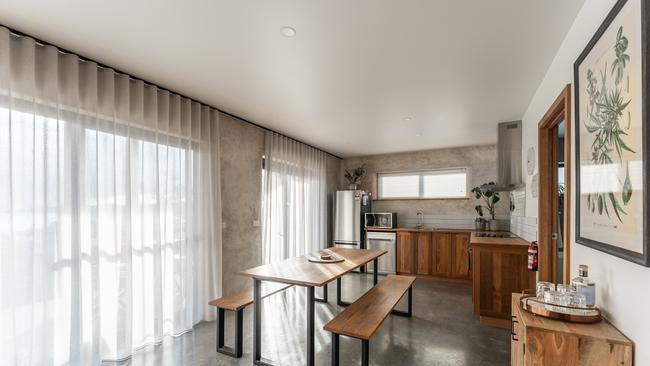
Ms Lucas said she’s also had “shockingly bad luck” at her factory. She said a “manufacturer’s fault” led to the roof not being waterproof and the factory flooding. “We replaced it. Four weeks later, a storm ripped the roof off, we still don’t have a roof on the factory while the insurance company drags it feet”.
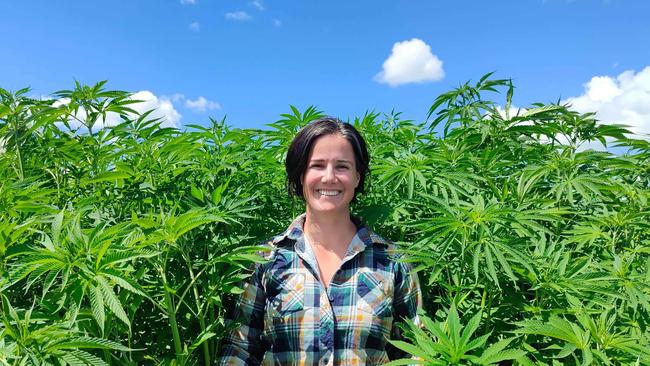
But the main appeal of hempcrete, which installed in a slurry of hemp fibre and lime, is Ms Lucas said it was not only competitive with typical building materials but delivers substantial ongoing savings, saying power bills of a hempcrete home are “about a fifth of a conventionally built house”.
“The customers we sell to are not very, very wealthy people. They’re solidly middle to upper middle (class).
“We also were featured on Grand Designs Australia, a house that we supplied material to. So that’s completely on the other end of the spectrum. Lovely young couple. They did all the labour themselves. Their materials cost on that build was under $330,000.”
And Ms Lucas believes hempcrete can help ease Australia’s housing shortage.
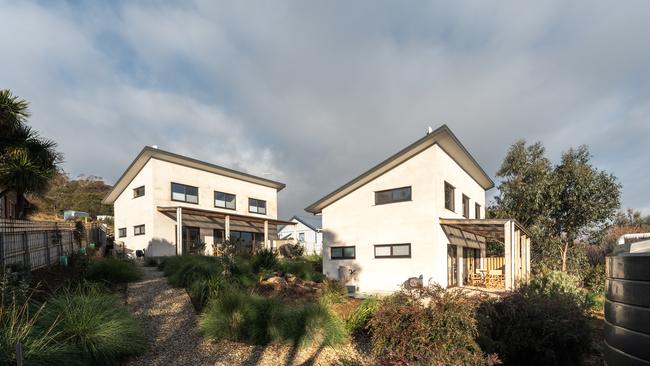
“The thing that absolutely gets me excited is when you’re looking at housing commission or lower socio economic situations. The classic 1950s weatherboard, you can actually gut it from the inside and then basically build that formwork out and use the exterior weatherboard as the outside form.
“What you end up doing is taking an old housing commission house that’s almost certainly got issues with mould, definitely wasn’t well insulated, not a comfortable home for people to live in, and certainly not a home where people can afford very high heating and cooling bills… as long as you’ve got the outside painted, you’re going to get the housing stock to stay in the mix for another 100 years.
“And I don’t know if you heard but there’s a little bit of a housing crisis in Australia.”

